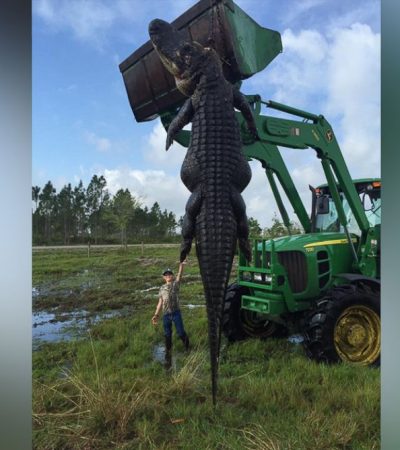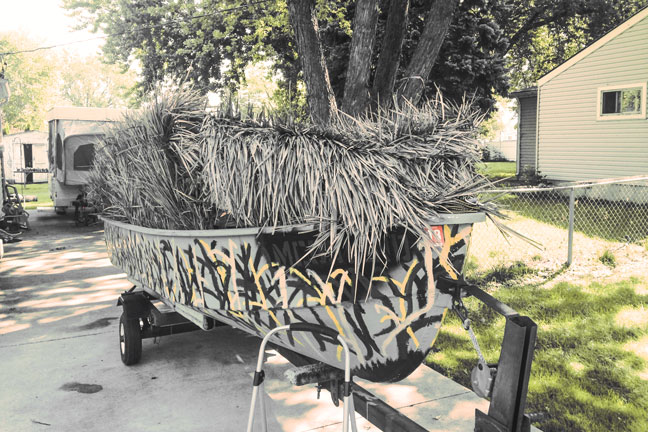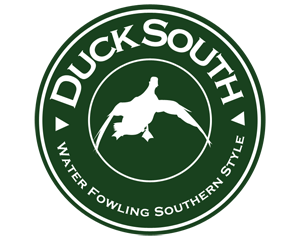WASHINGTON – Diversity is fine, but some duck hunters want to stick with their own kind.
Besides, does the government really want to create an artistic mess?
This is about a squabble of sorts — a proposal by the U.S. Fish and Wildlife Service to add other species of birds to what is known as the federal “duck stamp.” Officially called the Migratory Bird Stamp, it’s a real stamp that uses new, highly prized artwork of waterfowl – ducks, geese, swans — each year. But the stamp, at less than 2 inches wide, doesn’t leave a lot of extra space, especially for a second bird, say some wildlife artists.
Say the duck hunters: let the birders enjoy their warblers and bobolinks – just don’t horn in waterfowl.
“What a horrid artistic idea,” Jeffrey Frischkorn, a hunter, fisherman and outdoors writer from Mentor-on-the-Lake, Ohio, told the Fish and Wildlife Service this week.
Why is this the government’s business?
Since its start under President Franklin D. Roosevelt, who signed the 1934 Migratory Bird Hunting and Conservation Stamp Act, the stamp has always shown waterfowl.
While it may seem odd that the government takes such a keen interest, the stamp actually serves a public purpose: It doubles as a federal waterfowl hunting permit, and 98 percent of its current $25 purchase price goes to buy land for waterfowl in or around national wildlife refuges. That land is used by all kinds of other wildlife, too.
In Ohio, the money has paid to preserve more than 5,000 acres in Ottawa County, according to the Fish and Wildlife Service.
The painting or drawing for the stamp is selected from entries that artists submit in a yearly competitions. Some people collect the stamps, which can rise in value over time, and the original artwork and signed lithographs are often sold in galleries.
Some artists already include secondary birds, and even hunting dogs, which is fine with the government as long as the primary subject is a waterfowl. But what if inclusion of other birds was mandatory?
As the government sees it, that would emphasize conservation benefits for all species that rely on streams, swamps and other wetlands — and might expand the market for the duck stamp, bringing in more money for wild bird habitat.




